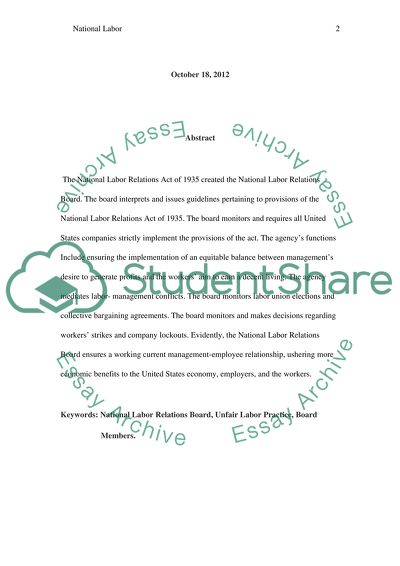Cite this document
(“The National Labor Relations Board Research Paper”, n.d.)
The National Labor Relations Board Research Paper. Retrieved from https://studentshare.org/law/1401911-the-national-labor-relations-board
The National Labor Relations Board Research Paper. Retrieved from https://studentshare.org/law/1401911-the-national-labor-relations-board
(The National Labor Relations Board Research Paper)
The National Labor Relations Board Research Paper. https://studentshare.org/law/1401911-the-national-labor-relations-board.
The National Labor Relations Board Research Paper. https://studentshare.org/law/1401911-the-national-labor-relations-board.
“The National Labor Relations Board Research Paper”, n.d. https://studentshare.org/law/1401911-the-national-labor-relations-board.


